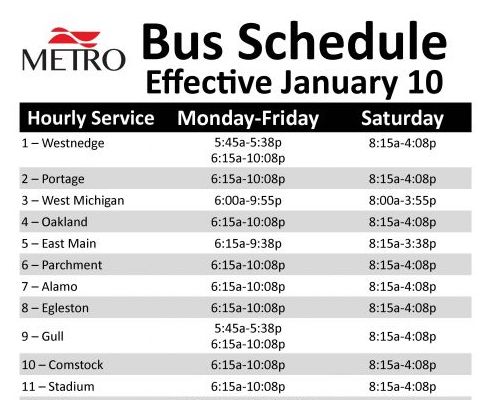About a year ago, United Airlines came to us with a request to be able to upload bus schedules to BusWhere, in order to measure on-time performance. With route-aware GPS installed on your fleet, you gain precise logs with arrival and departure times at each stop, and it becomes possible to measure how the published schedule compares to the actual times.
We added this feature and included a column for “scheduled arrival” or “scheduled departure” times in the route log details, so you can see that the bus was scheduled to arrive at 3:51pm, and it arrived instead at 3:52pm, 1 minute late. This capability is being made available at no extra charge to any of our customers for whom it would be useful.
In an interesting follow-on to this request, last month Mears Transportation in Orlando had a complex need from our patented auto-detect feature that uses machine learning to automatically lock a bus to a route based on the observed driving patterns. The problem involved the complexity of automatically detecting buses driving very similar routes where the only difference in the route was the departure time from the first stop.
As we are fond of saying when we have initial calls with customers: Give us your hardest problem route! The challenge of solving the thorniest automation problems lets us show off where BusWhere shines, and lets us improve our system for all of our customers in the process.
In this case: I paid a visit to the customer (yes, it was Orlando but still…) to see firsthand the user experience and feel personally the frustration when things worked “almost”. After some brainstorming and discussion (internally and with the customer), we were able to meet the request with an extension to the “scheduled stops” feature. By incorporating the scheduled departure time into our machine-learning algorithms, we are able to correctly lock buses to the correct route using the uploaded scheduled departure times.
Additionally, when a departure time is set, we are able to provide more realistic ETAs. Consider the situation where a circular shuttle route has scheduled departure times every 20 minutes. If the bus returns to Stop 1 at 3:54pm and it takes 5 minutes to get to Stop 2, the correct ETA at Stop 2 is 4:05pm based on a scheduled departure time from Stop 1 of 4pm; otherwise the ETA would show as 3:59pm.
I share this anecdote proudly, as I believe it demonstrates some of the best of what we offer as a company and a service:
- We ask our customers sincerely: “What do you need and how can we give it to you, even if it means new software development for us?”.
- We are not willing to settle for data that’s “theoretically correct” (eg the 3:59pm ETA) but that might confuse an actual user because it’s incorrect “in the real world”.
- When possible, we watch in real-time, on-site when possible, to empathize with our users and feel firsthand what is difficult and what would be a great improvement in usability.
- We take lessons learned and features developed for one customer and share them with all of our customers, so that work done and creativity exercised for one customer benefits all, at no additional cost.
Our best days are when you, our loyal customers, tell us something we didn’t know that lets us improve BusWhere for everyone. Thank you and keep the curveballs coming!
